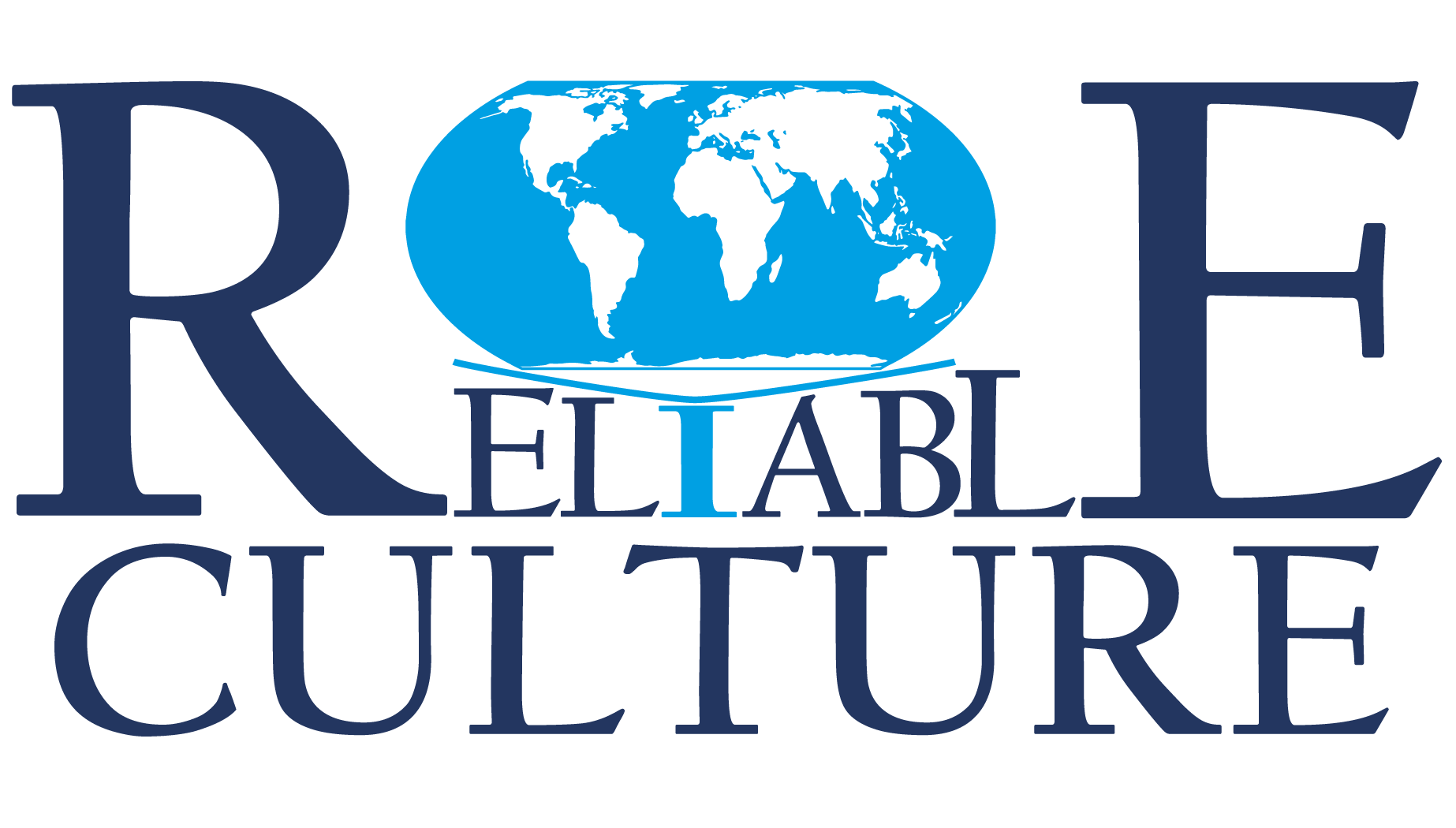
It’s important to recognize the three big sources of Toxicity at Work so that we can choose the correct way forward.
In the video below, taken from one of my webinars on these topics, I go through these sources of toxicity briefly, while giving also advice on how they can be tackled.
Now, let’s explore what happens if the source of Toxicity is not identified correctly:
- If it’s the culture that is toxic, but the change agent believes that there are just a few professionals that are toxic, they will recommend coaching or group coaching, and that is a waste of resources, time, and energy of everyone involved.
- Have you ever witnessed group coaching in which two or more top managers are “forced” to solve their issues with the mediation of a coach, by spilling out what is bothering them? It feels like pulling teeth at the dentist, and it ends when one of them pretends that the coach is right and the issue is solved, just to release them from the unbearable waste of time. This is one clear situation that is approached with the wrong instruments, trying to fix parts of the system and not the system itself.
- What if one professional believes that it’s their fault that everything works badly, and actually it isn’t? There are professionals that tend to think like that for various reasons, and it is important to save them from themselves for the sake of everyone involved. Otherwise, the company will be wasting at least one talent (with the entire recruitment, onboarding, and expertise costs) just because for somebody it is more natural to take the blame, even though the whole environment might be toxic, or other professionals might be slick enough to shift the blame.
- The only acceptable “mistake” (the cheapest) is to consider the whole Culture Toxic when it actually isn’t. Why? Because then you apply an instrument that measures the environment in a non-intrusive manner and you might find out that the environment is actually very functional and there are only a few loud personalities that were spoiling the waters, and those can easily be helped with a good coach. Even better, sometimes it was just the executive’s perception that things are not good enough (maybe out of a perfectionistic desire to drive things to be even better or faster), and actually, by intuition, they have created a very functional culture that delivers in their environment with all of their internal and external constraints, and it is just a matter of time and patience until things will be visible in the results as well.
If you feel your Organization might have a Toxic Culture, or you’re not sure where the Toxicity is coming from, check out our service to diagnose it fast and take the correct fast approach in removing that. Working 8 months in a toxic Culture costs much more than removing the toxicity in 1 to 3 focused months.

0 Comments